Simplified Chinese vs Traditional Chinese // What’s Best For Me?
Simplified Chinese vs Traditional Chinese – something that confuses the hell out of newbie learners of Chinese so we are here to help you answer questions like this…
- Thinking about learning Chinese but not sure which one?
- Confused between Simplified Chinese vs Traditional Chinese?
- No idea where to study?
Don’t worry, you are in the same boat as virtually every Chinese learner at some stage!
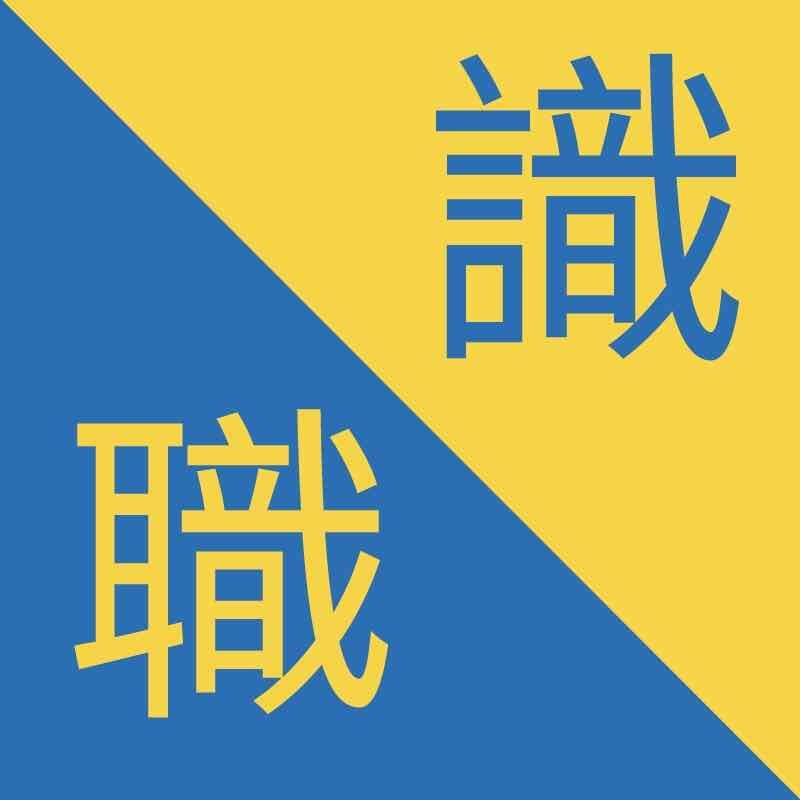
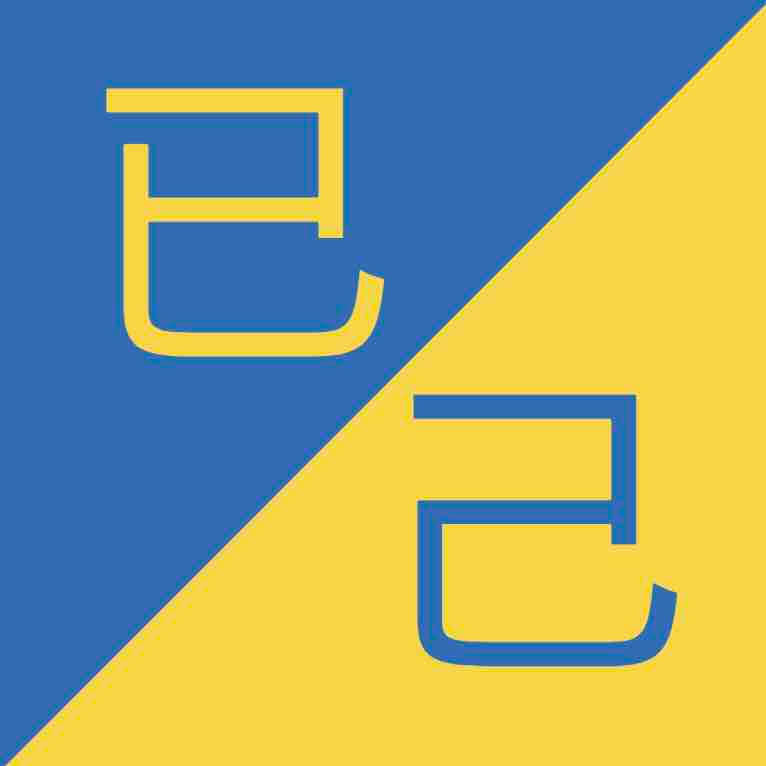
Knowing where to start is hard so let’s try and help.
Simplified vs Traditional Mandarin || Why Does Simplified Chinese Exist?
Simplified vs Traditional Mandarin || Why Do You Want To Study?
Simplified vs Traditional Mandarin || Use Pleco
Simplified vs Traditional Mandarin || What’s The Best To Learn?
Simplified vs Traditional Mandarin || Is Traditional More Complex?
Simplified vs Traditional Mandarin || Comparing 30 Common Characters
BONUS || Listen To Our Podcast
Simplified vs Traditional Mandarin || FAQs
Why did Simplified Chinese come about?
Simplified Chinese actually has a very recent history.
Originally the idea came about in the 1920’s but it wasn’t until the 1950’s that Simplified Chinese was actually born.
But why did China feel the need to implement a simplified system? The reasons are two fold:
- To help promote Chinese culture
- Make it easier to learn how to read and write Chinese
In the 50’s a huge 80% of the population were illiterate, an astounding number.
Therefore, by giving them an apparently easier way to learn their language, it allowed the number to decrease rapidly.
On the contrary, Taiwan, Macau and Hong-Kong kept using the traditional characters they have been using for thousand years.
They say traditional Chinese characters need to be preserved because they better reflect Chinese heritage and legacy.
Others think traditional characters are more beautiful, and the more strokes, the less ambiguity on the meaning it conveys.
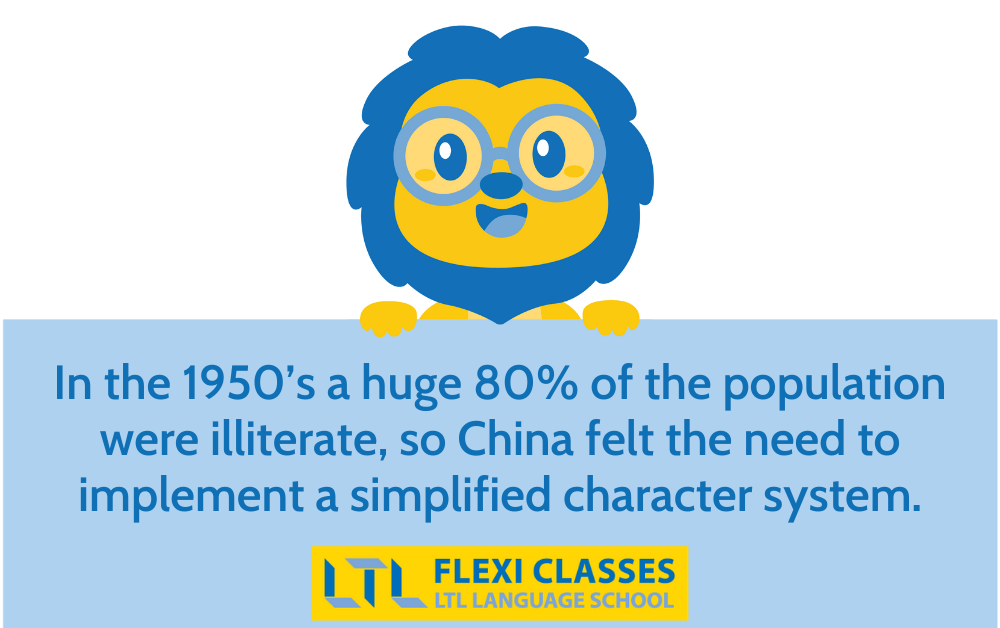
Where do you want to Study Chinese?
Breaking it down quite simply for you:
If you want to study in mainland China, or even Singapore, study simplified Chinese.
If you want to study in Hong Kong or Taiwan study traditional Chinese.
PS – we have a school in Taiwan!

To be frank as a Chinese language learner, whether you choose traditional or simplified Chinese, it won’t make much difference in the long run.
Both sound exactly the same when spoken, and in many cases there are plenty of similarities to the characters.
If you are certain on your destination being Hong Kong or Taiwan it makes perfect sense to start with TRADITIONAL CHINESE as that’s what you are going to be faced with day-in day-out.
If you are uncertain of your destination, or it could vary, go with SIMPLIFIED CHINESE because the chances are, you’ll be spending more time in places with simplified Chinese than traditional Chinese.
FUN FACT – 98% of new Chinese publications worldwide are in simplified characters.
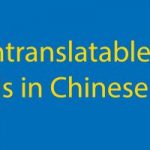
12 Untranslatable Words in Chinese You Never Knew 🤔
12 Useful Chinese Words With No English Equivalent Learning Chinese is often quite challenging. But those who have reached fluency in the language can confirm that it’s totally worth it. 16% of the global population speaks a variety of Chinese,…
Take Advantage of Pleco
Unless you’ve been living under a rock, or just haven’t gotten stuck into Chinese yet, you’ll no doubt know what Pleco is, but just in case you don’t…
Pleco is an online Chinese dictionary which is a saviour for pretty much any foreigner out there.
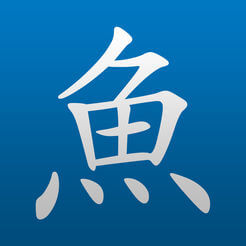
Not sure of the Chinese word?
No problem, Pleco will help you out with numerous translations for any given word. Just type in the English and your problems are solved!
What does this have to do with Simplified of Traditional Chinese?
Here’s why…
Pleco not only provides the simplified Chinese (which most other apps would only provide), but it also provides the traditional counterpart, which means no matter which you decide to learn, you won’t be caught short without a Chinese dictionary.

Pleco Review // THE Essential Download for Mandarin Students (2023 Update)
Your Honest Pleco Review (The Definitive Guide & Why You Can’t Live Without It) Pleco is the best Chinese language dictionary. But actually… it’s so much more than just that. Ease of Use – 95%Value for Money – 100%Overall -…
Simplified Chinese vs Traditional Chinese || What’s The Best To Learn?
You can certainly make a case for learning both in tandem.
It will do more good than harm, BUT if you are starting out as a Chinese beginner, it’s probably best to simply get used to the characters themselves first, the radicals, the stroke order etc.
These are essential in understanding how a character is built.

You’ll notice that traditional characters are WAY more complex than their simplified counterparts in some instances. It’s no good putting yourself through that at an early stage, but still…
… there is no reason why you cannot get familiar with some of the more basic examples and ease yourself in from an early stage.
For example one of the earlier characters you’ll probably get to know when studying Chinese is the word for Gate which is 门 Mén.
Now take the traditional version of this – 門.
Not exactly much of a sweat is it!
Once you know the simplified, you’ll be recognising the traditional with absolute ease and this can be said for a number of other characters.
Another common word you’ll learn is the word for Now which is 现在 Xiànzài.
The traditional counterpart is – 現在.
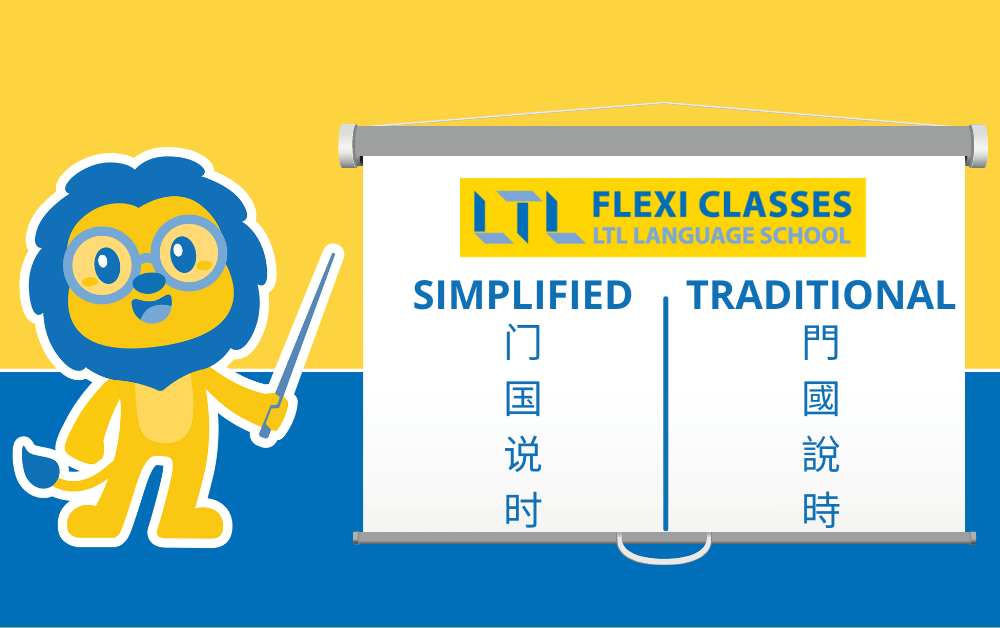
Again, it’s not exactly difficult to pull these apart.
The point being here is that familiarising yourself with some basic traditional Chinese is absolutely worthwhile and it’ll give you a head start if that’s the path you so wish to take in the future.
Ultimately though this comes down to your study goals, everyone’s situation is different, everyone has a different end goal.
So on that note…
If you don’t believe traditional Chinese to ever be of any genuine use to you, why would you learn it?
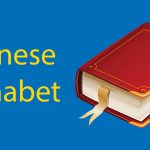
Chinese Alphabet 🗣 What is it? Does it Exist? A Definitive Guide
Does the Chinese Alphabet exist? What’s the history of Chinese Characters? What are the most common Chinese characters? All your questions, answered
Is Traditional Chinese Always More Complex
In most instances yes, but sometimes there are some rather odd exceptions!
Here is one of our favourite examples, take the Chinese character for “enough”
NOTE – the traditional version is in brackets, to the right of the simplified version.

See what they did here, the traditional version of the simplified character is exactly the same, but just flipped from left to right.
It’s not always crazy complicated!
That said, we’d be lying if we said all examples were like that, because they are not!
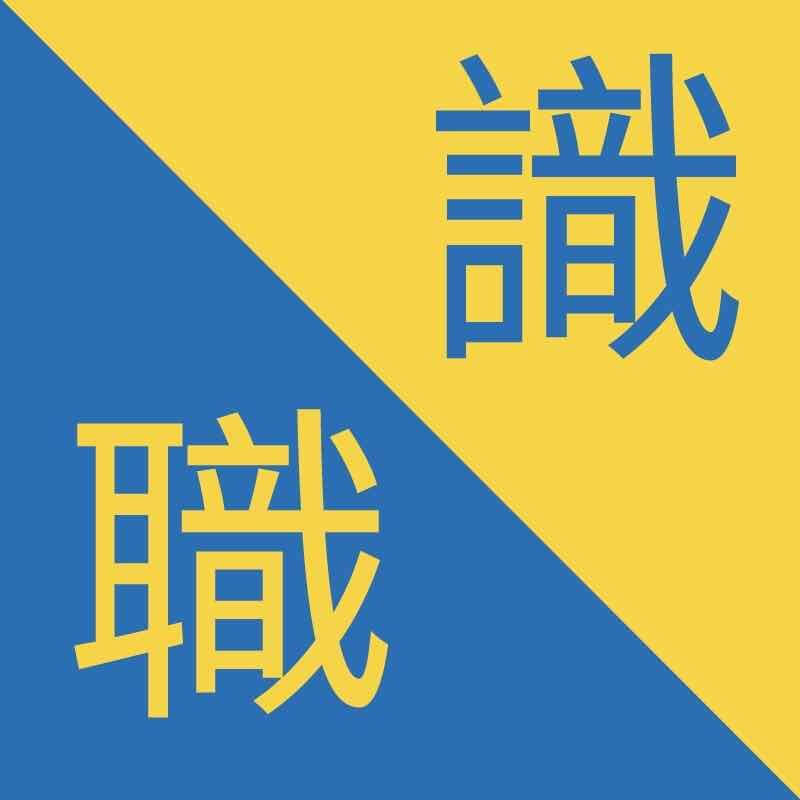
- Turtle in Simplified Chinese is 龟
- Turtle in Traditional Chinese is 龜
And then there were more
- Dragon in Simplified Chinese is 龙
- Dragon in Traditional Chinese is 龍
This sets the tone (sorry, pun intended), but that shouldn’t scare you.
Right now, it might look like a crazy mess of squiggly lines, but once you get to know it, you’ll see everything breaks down quite logically and sometimes, bizarrely, it’s even easier to recognise the traditional character, because there are more parts to the character.
Students of Chinese have many very weird and wonderful ways of remembering simplified and traditional Chinese characters. You don’t have to understand it, it should just work for you.
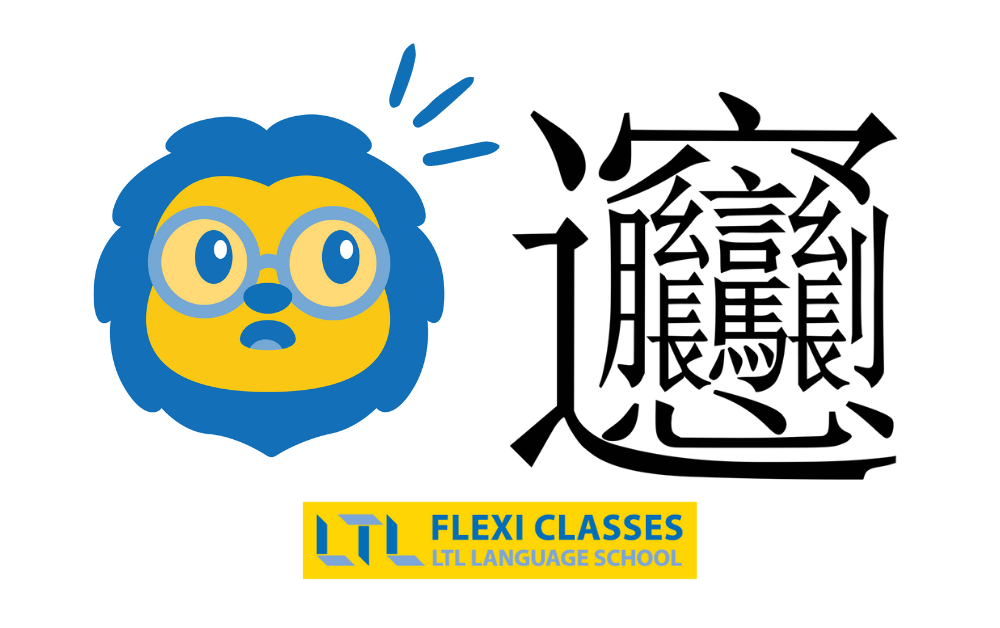
Comparing 30 Common Characters
Some characters, like 一 二 三 (one two three) and 我 (me, I) are the same in both traditional and simplified Mandarin.
However, there’s a whole lot of characters that look almost unrecognizable in their different forms!
So, let’s take a look at 30 of the most common characters in Chinese and see how they compare:
| Simplified | Traditional | Pinyin | English Meaning |
|---|---|---|---|
| 这 | 這 | zhè | this |
| 来 | 來 | lái | come |
| 国 | 國 | guó | country |
| 个 | 個 | gè | general quantifier |
| 说 | 說 | shuō | speak, say |
| 们 | 們 | men | pluralize nouns referring to people |
| 为 | 為 | wèi | in order to |
| 你 | 你/妳 | nǐ | you (in traditional 你 is for men, 妳 is for women) |
| 时 | 時 | shí | time |
| 会 | 會 | huì | can, able |
| 过 | 過 | guò | experienced action marker |
| 学 | 學 | xué | study, learn |
| 对 | 對 | duì | correct, pair, mutual |
| 里 | 裡 | lǐ | inside, inner |
| 后 | 後 | hòu | back, later, after |
| 么 | 麽 | me | interrogative suffix |
| 没 | 沒 | méi | haven’t, isn’t, no |
| 于 | 於 | yú | in, at, for, to, from |
| 还 | 還 | hái | still, yet |
| 发 | 發 | fā | send, develop |
| 当 | 當 | dāng | act as |
| 无 | 無 | wú | without, regardless |
| 开 | 開 | kāi | open |
| 见 | 見 | jiàn | meet with |
| 经 | 經 | jīng | undergo, experience |
| 头 | 頭 | tóu | head, top, first |
| 面 | 麵 | miàn | wheat, noodles |
| 从 | 從 | cóng | from |
| 动 | 動 | dòng | move |
| 两 | 兩 | liǎng | two (before measure words) |
BONUS || Listen To Our Podcast
If the topic of Simplified Chinese vs Traditional Chinese is one that really gets you, take a listen to our podcast.
In this episode our Marketing Guru’s / Mandarin Speakers, Katie & Max talk about the differences in further detail – and how they confront the issue!
Enjoy
Simplified Chinese vs Traditional Chinese || FAQs
What is the difference between Simplified Chinese and Traditional Chinese?
Simplified Chinese uses fewer strokes and simplified character forms, while Traditional Chinese retains the original, more complex forms. Simplified Chinese is primarily used in Mainland China and Singapore, whereas Traditional Chinese is used in Taiwan, Hong Kong, and Macau.
Why was Simplified Chinese created?
Two reasons:
1 – To help promote Chinese culture
2 – Make it easier to learn how to read and write Chinese
Should I study Simplified or Traditional Chinese?
There is no right or wrong here but keeping it very general for you:
If you want to study in mainland China, or even Singapore, study simplified Chinese.
If you want to study in Hong Kong, Macau or Taiwan study traditional Chinese.
Are Simplified and Traditional Chinese completely different?
In many cases yes. Traditional is much more complex going by stroke order alone, but also there are some cases where the character is very similar or even exactly the same.
Due to the fact traditional has more strokes some learners actually find it easier because you can tell apart certain characters easier which can be awkward in Simplified.
Are Simplified and Traditional Chinese spoken the same?
Yes despite the different nature of the characters on paper they will sound the same.
Do note, that although Hong Kong uses traditional Chinese, because locals there speak Cantonese, it will not sound the same at all. Cantonese and Mandarin are completely different.
Are there tools to help convert between Simplified and Traditional Chinese?
Yes, many online tools and apps, such as Google Translate, can automatically convert text between the two systems. However, some words and expressions may require manual adjustment due to regional differences.
Want more from LTL?
Want to learn Chinese from the comfort of your own home? Then our 24/7 online Chinese lessons might be the thing for you.
We offer a 7 day free trial to all new online students where you can study Mandarin 24/7.
Come and check it out free of charge and see what you think!
If you wish to hear more from LTL Language School why not join our mailing list?

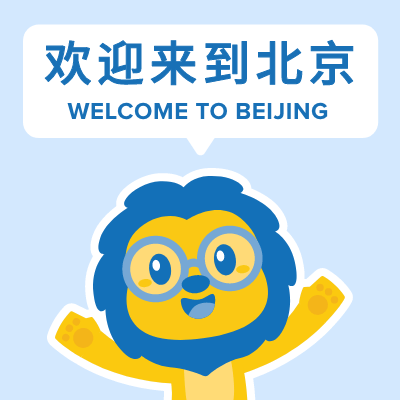
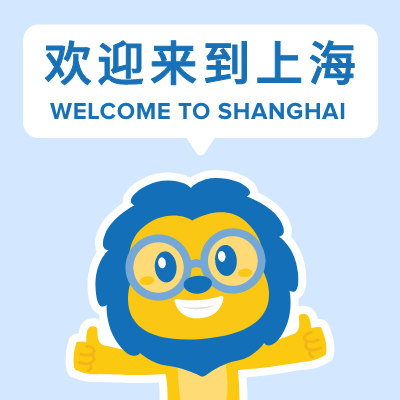
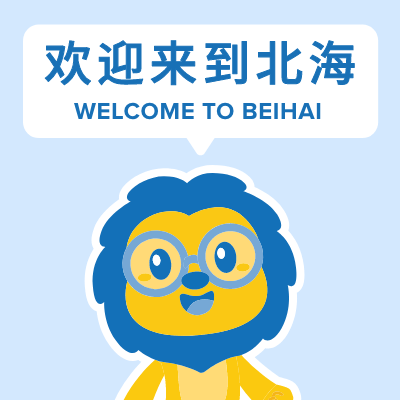


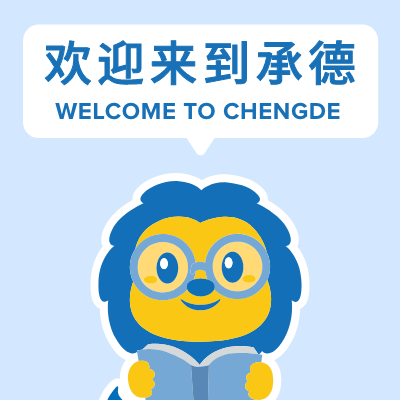
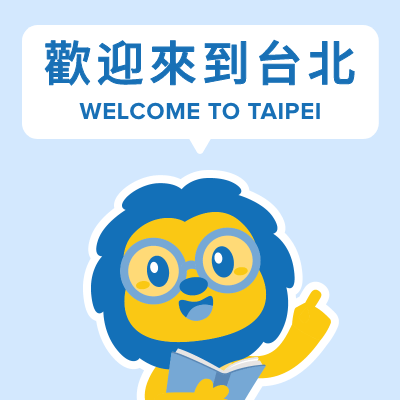
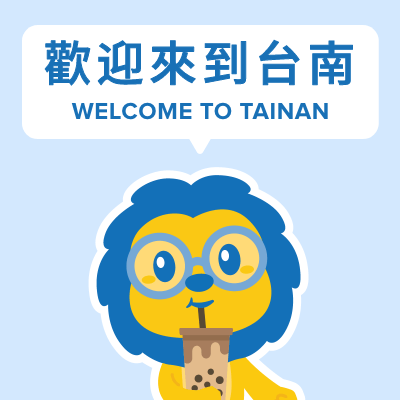
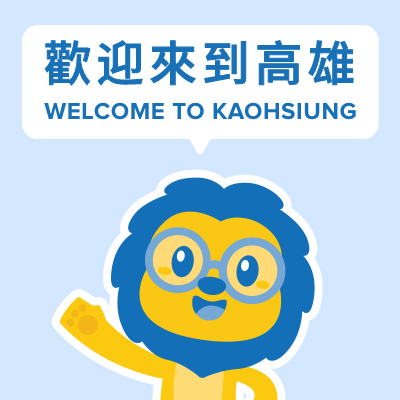
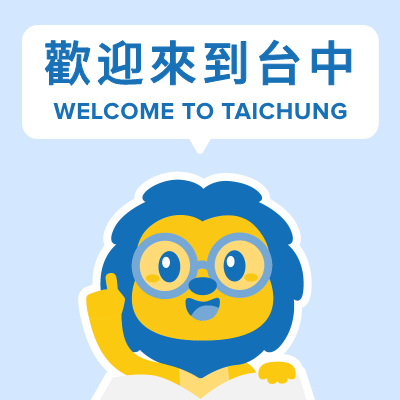



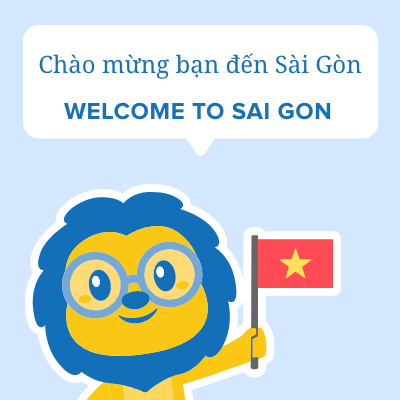

 Hi, my name is Manuel! I am from Spain and I am a Student Advisor at LTL. I’m now based at our Seoul School after living 3 years in Taipei.
Hi, my name is Manuel! I am from Spain and I am a Student Advisor at LTL. I’m now based at our Seoul School after living 3 years in Taipei. Hi, my name is Mojca! I am from Slovenia in Europe and I work as a student advisor at our Shanghai school.
Hi, my name is Mojca! I am from Slovenia in Europe and I work as a student advisor at our Shanghai school.


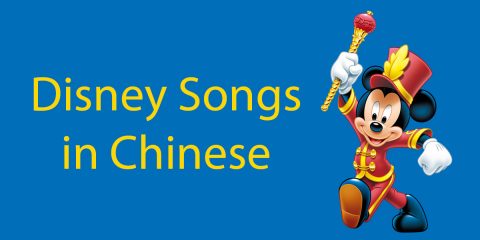


18 comments
[…] Should I Learn Simplified or Traditional Chinese? […]
[…] classes will teach simplified Chinese characters and not traditional Chinese. Simplified Mandarin is found on the mainland, whilst Taiwan and Hong Kong feature […]
I just read the the beginning and I found that the author was hugely misinformed. First of all, 已, 巳, 己 are the same in Traditional and Simplified Chinese. And the "Biang" thing is NOT a traditional character. It's a word play using parts of characters.
Hi Coco,
I think you perhaps misunderstood. 已, 巳, 己 are indeed the same in both Simplified and Traditional. Our image was simply showing how two characters can look Similar (following on from our Similar Chinese characters post - https://ltl-beijing.com/similar-chinese-characters/)
The BIANG character does indeed have a Simplified and Traditional version.
Thanks for your comment 🙂
LTL
[…] that in Taiwan there still exists the Ri Xing Foundry which has the last remaining collection of traditional Chinese character moulds in the […]
[…] can also choose between Chinese simplified characters or Chinese traditional character […]
[…] Not only is this great Chinese language practice, but you can also change the characters to appear in traditional characters. […]
I love your images with the lion
Thanks Marc!!
This was pretty useful. Thanks
Thanks William
[…] https://ltl-school.com/simplified-or-traditional-chinese/ […]
[…] Click to see full answer […]
Great post! I’ve often wondered about the differences between Simplified and Traditional Chinese. Your clear explanations really helped me understand the pros and cons of each. I’m leaning towards learning Simplified since I plan to visit mainland China soon. Thanks for sharing!
Happy to hear it! Come to learn Chinese in China, you won't regret it 😉
This will definitely help me decide which one to focus on for my studies. Thanks for the insights!
Most welcome, Simon.
Your explanations and examples made it much clearer. Thanks for sharing!